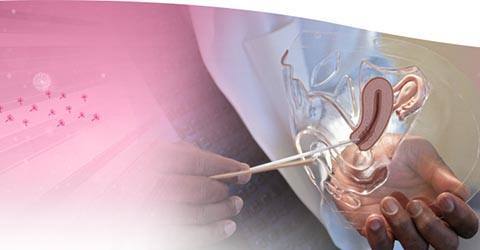Management of Complications During Labour
Birthing is the act or process of giving birth to offspring. Labour or childbirth experience may differ in every woman. Common initial signs of labour include strong regular contractions, backache, draining of water (amniotic fluid) or sticky and mucous-like substance through vagina. The average time for which you will be in labour may be approximately 12-18 hours. The most common risks and complications that may occur during labour are discussed below:
Preterm Labour
Preterm labour is said to have occurred when you have strong contractions before 37 weeks of your pregnancy whereas the gestation period normally is 38 to 40 weeks. A baby if born prematurely will be at risk of complications such as immature lungs, respiratory distress, and problems in digestion as the organ systems would not have developed completely to support survival.
Your doctor will manage this situation with medications that stop labour or prevent infection. Also, medications that accelerate baby’s lung development may be given. You will be advised to take bed rest usually lying on the left side.
Prolonged labour
Some women most often during their first pregnancy may go through a labour that lasts for too long. Prolonged labour may lead to infection in case the amniotic sac has ruptured. Anti-infective medications may be administered to prevent infection.
Abnormal Presentation
During labour, normally the baby moves to a head-down position with back of the head ready to enter the pelvis. Sometimes, baby may present with buttocks or feet first towards the birth canal. This is called breech presentation. In some conditions, the placenta may block the cervix (placenta previa) and cause abnormal presentation.
Abnormal presentation increases the risk of injuries to the uterus or birth canal as well as the foetus. Breech presentation may lead to a prolapsed umbilical cord which might break off the blood supply to the foetus. Your doctor will check the presentation and position of the baby with physical examination and ultrasound scan. Assisted delivery methods may be adopted in such cases.
Premature Rupture of Membranes
Rupture of the membranes that surround the foetus in the uterus may occur prematurely leading to high risk of infection. In these cases, immediate delivery of the foetus will be done.
Umbilical Cord Prolapse
The umbilical cord which transports oxygen and nutrition to the baby may slip into the cervix before the baby during labour. The cord may be felt if it protrudes from the vagina. This is an emergency situation as the blood flow to baby through the umbilical cord may get obstructed. Seek immediate attention of your doctor.
Umbilical Cord Compression
Umbilical cord may get entangled and unwrap around the baby several times during pregnancy but sometimes during labour, the cord may get compressed leading to decreased blood flow to the foetus. This causes abrupt drop in the foetal heart rate. In cases where the foetal heart rate has worsened or there are signs of distress, your doctor may consider a Caesarean section.
Amniotic Fluid Embolism
Amniotic fluid embolism occurs when a little amount of amniotic fluid from the amniotic sac gains entry into your bloodstream during a difficult labour. This fluid may travel up to the lungs and cause constriction of the lung arteries leading to a rapid heart rate, irregular heart rhythm, cardiac arrest and death. Blood clot formation throughout the body is common complication and requires immediate care.















